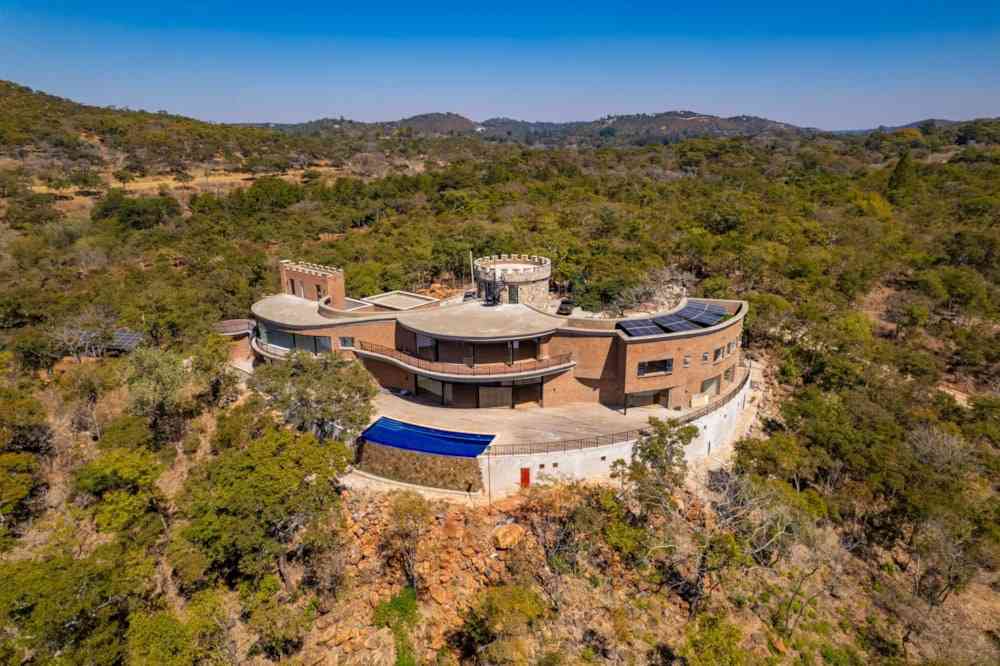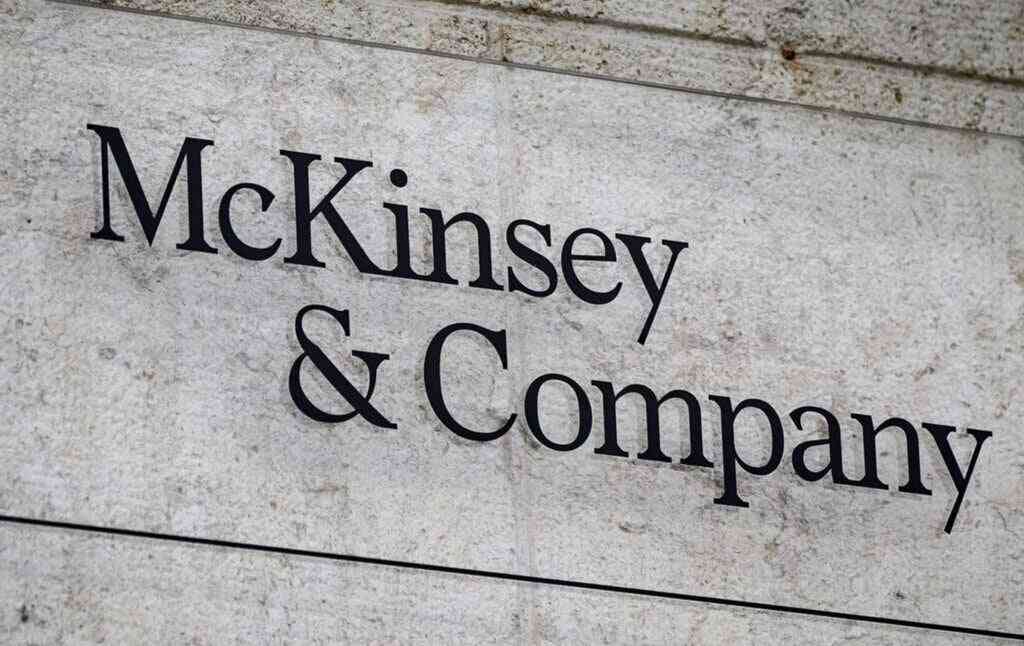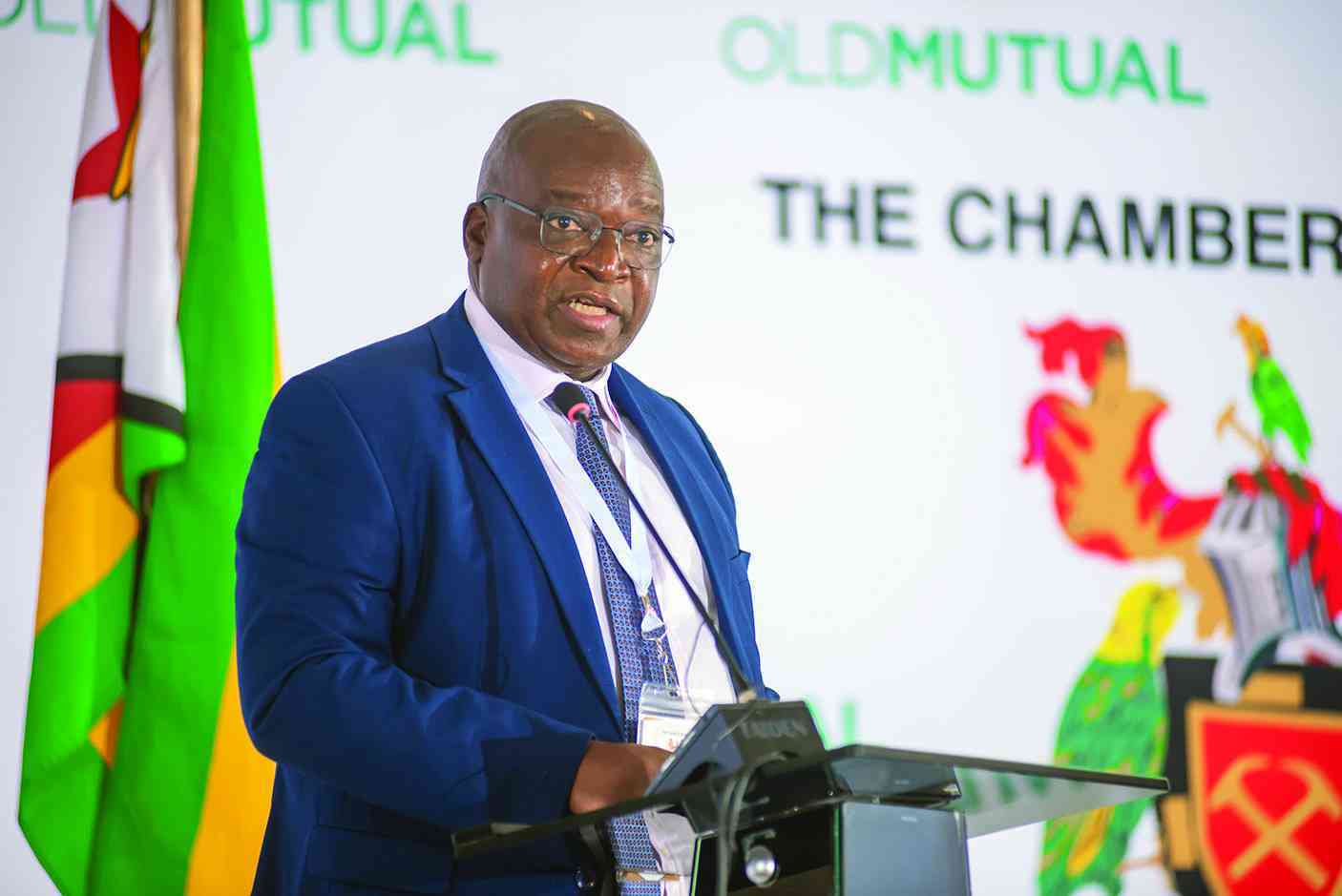
Zimbabwe’s real estate market is experiencing a remarkable boom that captivates investors and property seekers alike, defying the norms seen in its neighbouring countries.
Rising property prices in Zimbabwe’s urban areas have left many citizens struggling to achieve the dream of home ownership.
This challenge is particularly severe for ordinary civil servants, most of whom take home around US$400 per month, inclusive of their Zimbabwe Gold (ZiG) component. In cities such as Harare, Bulawayo and Mutare, the average cost of a modest residential stand often exceeds US$15 000, while constructing even a basic two-bedroom house may require over US$30 000.
With such a wide gap between earnings and property prices, owning a home has become an unrealistic goal for most public sector employees. As the question of sustainability looms, it begs the inquiry: What is fuelling this boom, and is it viable for the average Zimbabwean?
According to Property.co.zw, the average price of residential properties in urban areas increased by 40% over the past five years, with cities like Harare and Bulawayo witnessing even steeper rises.
Currently, the average price of a two-bedroom house in Harare’s middle-density suburbs stands at approximately US$70 000, compared to US$55 000 in Johannesburg and US$45 000 in Lusaka.
This price disparity underscores the unique interplay of inflationary pressures, currency instability, and limited housing supply that characterises Zimbabwe’s real estate sector.
Urbanisation and increased demand: Zimbabwe is experiencing rapid urbanisation, with the World Bank reporting that the urban population is expected to rise from 32% in 2020 to over 50% by 2035.
- Awards target married couples
- Awards target married couples
- Sibanda living his writing dream
- Pomona deal under spotlight as experts meet
Keep Reading
This influx has increased demand for housing, further driving prices up. The Ministry of National Housing and Social Amenities projects that Zimbabwe needs 1.5 million new housing units by 2030 to meet growing urban demand.
Inflation and currency instability: Persistent hyperinflation, estimated at around 200%, has severely undermined the purchasing power of the Zimbabwean dollar, eroding public confidence in the national currency.
As a result, many citizens, particularly those with access to foreign currency or stable incomes, have turned to tangible investments such as real estate as a means of preserving value.
Property ownership offers a hedge against currency depreciation, since land and buildings generally maintain real value even when money loses its worth.
However, this shift in investment behaviour has also contributed to soaring property prices in urban areas such as Harare and Bulawayo, making home ownership increasingly unattainable for ordinary wage earners.
Consequently, inflation not only distorts investment incentives—diverting funds from productive sectors into speculative property markets—but also widens the wealth gap between asset owners and low-income earners.
In the long term, this dynamic threatens to deepen social inequality and undermine sustainable economic growth.
Private sector-led land development
Another driver of high land and housing prices in Zimbabwe is the dominance of private sector-led land development.
Private developers have been responsible for constructing new residential areas, which has introduced significant competition but also inflated costs.
While private developers play a critical role in the urban housing landscape, many projects lack essential infrastructure such as sewer systems, drainage, and access roads.
This oversight often leads to increased costs for residents who must independently fund these necessary services, thereby exacerbating the affordability crisis.
The situation is worsened by skyrocketing costs of building materials, Zimbabwe heavily relies on imports for essential construction inputs such as steel, tiles, cement, and hardware.
Local manufacturing has not fully recovered from the economic downturns of previous decades, resulting in an insufficient domestic supply to meet the growing demand for construction materials. With limited production capacity, the Zimbabwean construction industry is susceptible to the volatility of international markets.
Dysfunctional mortgage financing system
Economic volatility and currency fluctuations in Zimbabwe have led to a loss of confidence in the formal banking sector.
This could have forced banks to withdraw from mortgage financing altogether or offer very limited products, which hinders the purchasing power of typical buyers and affects overall market dynamics.
Without the backing of effective mortgage financing, there may be less incentive for developers and builders to create new housing projects.
This stagnation of supply in the face of demand can further lead to increased property prices.
Very limited mortgage products in Zimbabwe offer short repayment terms, and hefty down payments, which lead to higher monthly payments that many ordinary citizens cannot sustain.
This reduces the pool of potential buyers, driving up demand for the limited number of affordable properties in high density suburbs.
The interplay of these factors creates a challenging environment for homebuyers in Zimbabwe.
The inefficiencies and dysfunctions in the mortgage financing system not only limit access to housing but also contribute to escalating property prices, exacerbating the housing crisis.
When the government invests in essential infrastructure such as roads, water supply, sewage systems, and electricity, it alleviates the financial burden on private developers.
This means that developers can offer properties at lower prices since they would not need to factor in the high costs of providing these services themselves. Government-led housing ensures that vulnerable groups such low-income earners, civil servants, or first-time buyers have access to affordable homes. This supports social equity and cohesion, though political interference can undermine fairness and efficiency.
Public-private partnerships
Foster collaborations between the government and private sector to develop local manufacturing capacities, ensuring that sufficient materials are available to meet increasing demand.
Investment in local manufacturing capabilities is crucial; by enhancing domestic production of key materials, Zimbabwe can improve supply chain stability and mitigate the risks associated with international price fluctuations.
Additionally, fostering favourable conditions for investment in the construction sector could stimulate growth and competition, ultimately bringing down costs.
Addressing these challenges will require a concerted effort from both the government and the private sector to foster a stable and sustainable construction environment, ultimately leading to improved housing affordability for the populace.
Without intervention, the upward trajectory of construction costs may continue, placing home ownership further out of reach for many Zimbabweans.
However, without mortgage innovation, zoning reforms, and government-led infrastructure investment, affordability will deteriorate, inequality will widen, and the property boom could exacerbate socio-economic disparities.
Innovative financing solutions
Innovative financing solutions can play a vital role in addressing the challenges of high property prices by enhancing accessibility to homeownership.
By offering diverse options, policymakers and financial institutions can cater to the varied needs of potential buyers, ultimately working towards a more equitable and sustainable housing market.
It is crucial that these solutions are implemented in tandem with other housing policy reforms to effectively address the complex issue of affordability in the property sector.
Examples of innovative financing solution may include rent-to-own Schemes where tenants pay rent with an option to purchase the property after a specified period.
A portion of each rent payment is credited towards the eventual down payment.
This model allows individuals to build equity while residing in the home, making it easier to transition to homeownership, especially for those who may not have enough savings for a traditional down payment.
Another option is to offer varied loan products, such as variable repayment schedules based on income levels, this can accommodate buyers with fluctuating incomes or those in precarious employment situations.
*Courage.EMasona is an economist and lecturer at the Zimbabwe Ezekiel Guti University. He can be reached on 0774857167 [email protected]
These articles are coordinated by Lovemore Kadenge, an independent consultant, managing consultant of Zawale Consultants (Private) Limited, past president of the Zimbabwe Economics Society and past president of the Chartered Governance & Accountancy Institute in Zimbabwe. Email – [email protected] or Mobile No. +263 772 382 852.










